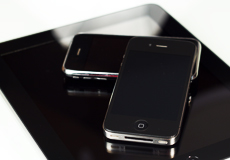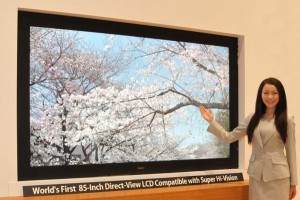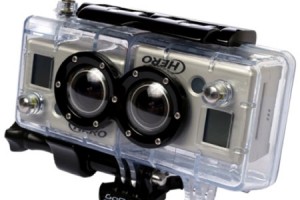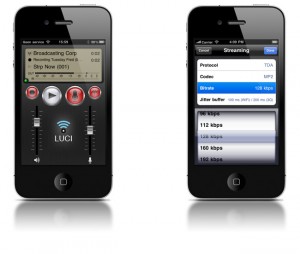Some ENG crews are beginning to successfully use multiple cellphone data connections “bonded” together in order to transmit live HD video of breaking news, on-the-scene weather reports, sporting events and more. Cellular technology provides a new level of mobility that surpasses that of ENG microwave vans and, in some cases, enables more dynamic, intimate reporting. Although there are limitations, cellular ENG is looking more promising as wireless connectivity technology continues to get faster and more reliable.
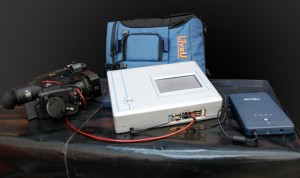 David Friend, senior VP of news at the CBS owned-and-operated stations and news director at WCBS in New York, refers to bonded cellular as “a game changer” — one that has enabled CBS to become more intimate with viewers and report stories in real time as they unfold. Friend said that the Mobile 2 units purchased from LiveU and TVU Networks last fall have, “changed the nature of how we report stories and the outcomes of those stories.”
David Friend, senior VP of news at the CBS owned-and-operated stations and news director at WCBS in New York, refers to bonded cellular as “a game changer” — one that has enabled CBS to become more intimate with viewers and report stories in real time as they unfold. Friend said that the Mobile 2 units purchased from LiveU and TVU Networks last fall have, “changed the nature of how we report stories and the outcomes of those stories.”
The term “bonded” refers to multiple circuits or connections synchronized to provide a more reliable signal than standard consumer wireless connections. For example, a broadcast television station could use up to 12 circuit cards in order to transmit a full HD signal (while some are presently getting away with four 5Mb/s circuits for live 720p signals at 19Mb/s). The biggest obstacle right now is competition for bandwidth, especially in a location where there is a great deal of RF traffic, such as inside a sports or entertainment venue.
Broadcast Engineering reports: “Some journalists working for WCBS-DT in New York City are now using a cellular transmitter in a backpack kit that allows them to broadcast HD images live from anywhere they can find a bonded 3G or 4G mobile connection. The most advanced 4G networks allow more and higher-quality video to be transported within a single stream, but availability around the country — indeed, the world — is limited. Many are calling it the beginning of the end of microwave trucks, because journalists can set up and move around quickly, as the news story breaks, without having to worry about line-of-sight locations or accidentally raising a mast antenna into high-power electric lines.”
For news teams in the field, the primary objective is not a perfect image; even a low-quality image can be a competitive advantage if it is the first (or only) to air. However, many broadcasters are concerned that bonded cellular may not guarantee the bandwidth required for effective news coverage. So stations are talking with cellular carriers about the possibility of some sort of priority access to networks (arrangements that would ideally not be cost-prohibitive or cause problems regarding net neutrality rules).
In the meanwhile, news crews continue to experiment with bonded cellular systems LiveTV, TVU Networks and Streambox and others — transmitting live video from backpacks while on foot or from moving vehicles. (And in some cases, reporters or producers can access a unit’s user interface through wireless devices such as the Apple iPod touch or iPad.) Broadcast Engineering adds: “Even professional camera manufacturers are beginning to take notice. At the NAB Show in April JVC showed a prototype WiFi transmitter module that mounts on the back of its new GY-HM790U camcorder and allows a reporter to connect to a local (or personal) hotspot and use the Internet to send footage back to the station. It’s not the fastest connection, and reliability is questionable, but it gets the story back to the station almost as fast as a microwave truck.”
Related TVNewsCheck article: “Bonded Cellular Technology Boosts CBS ENG” (4/28/11)
Related Mushroom Networks press release: “Breakthrough Technology Utilizes Bonded Cellular Broadband Cards to Transmit Broadcast Quality Video From the Field Transforming Any Video Camera Into a Portable One Person News Crew” (4/11/11)
TVU Networks site: “Introducing the World’s First HD Mobile News Gathering Backpack”
LiveU Portable Uplink Solutons site: “The Ultimate Cellular-Based Uplink Solution”
Streambox site: “Streambox Avenir is a mobile broadcasting device that allows users to quickly send HD/SD video from remote locations”
